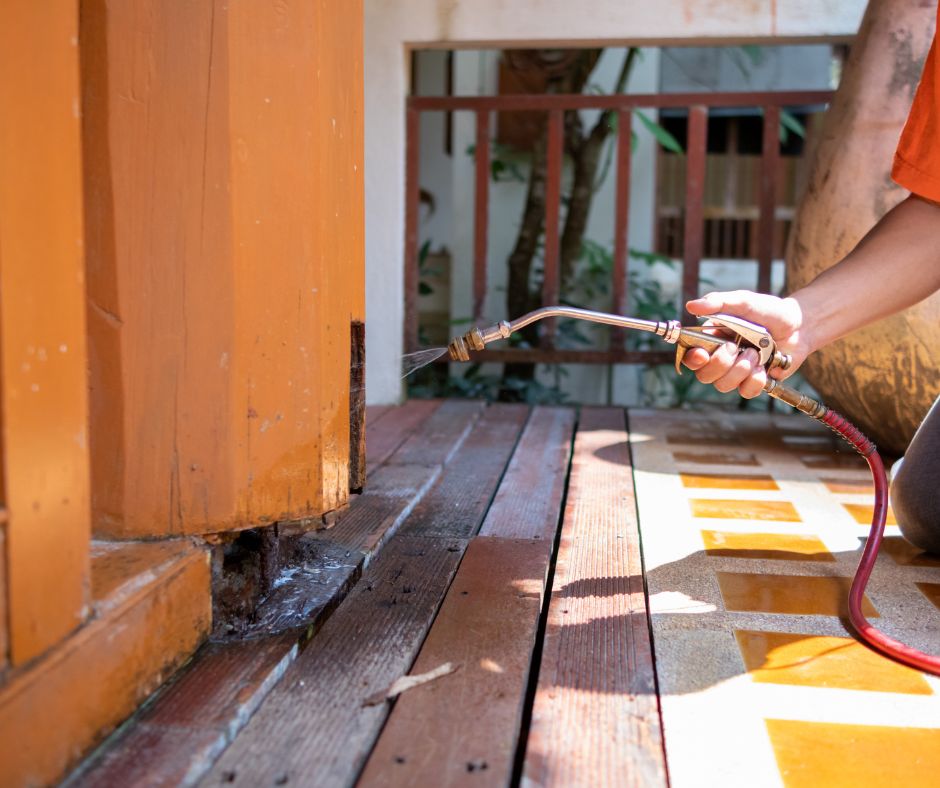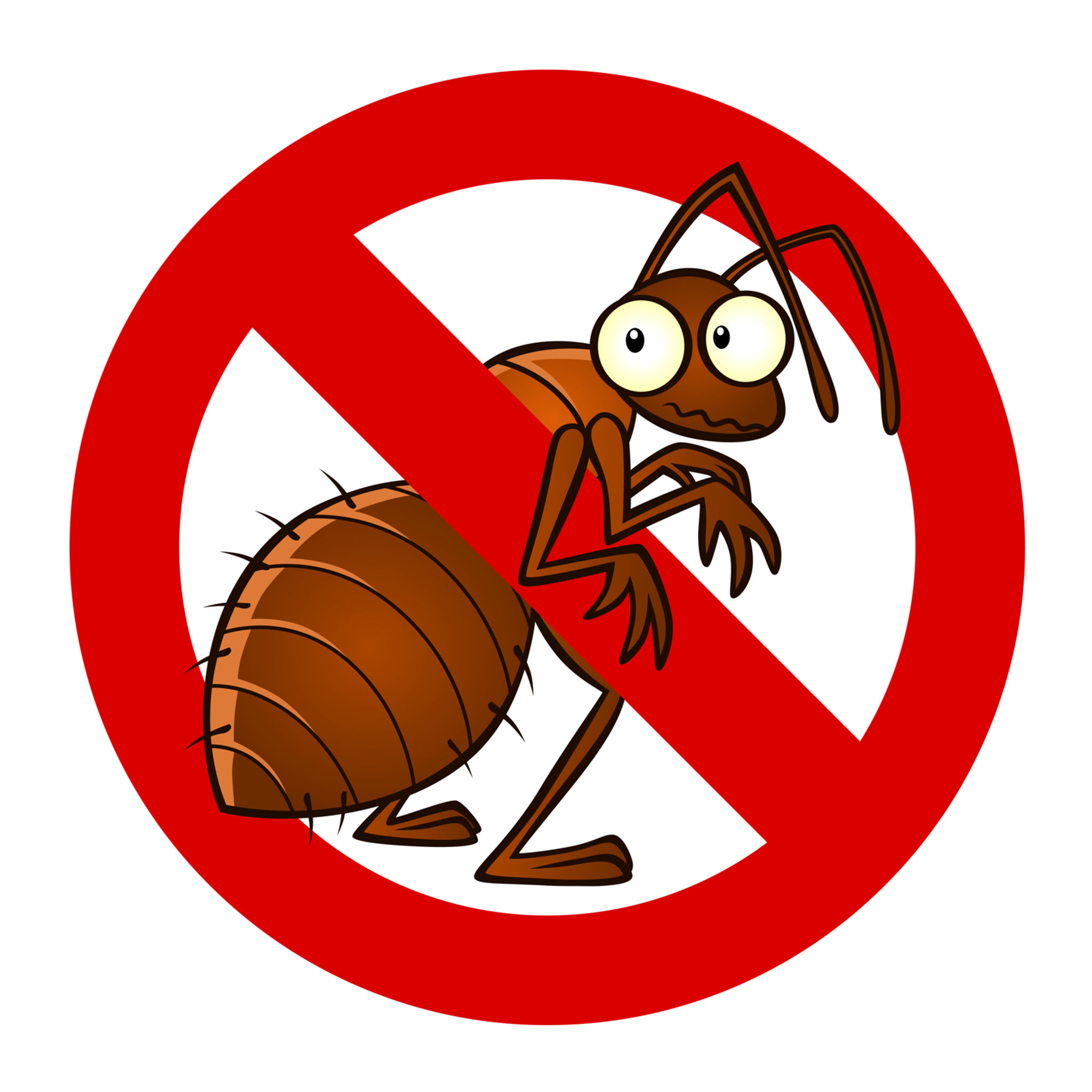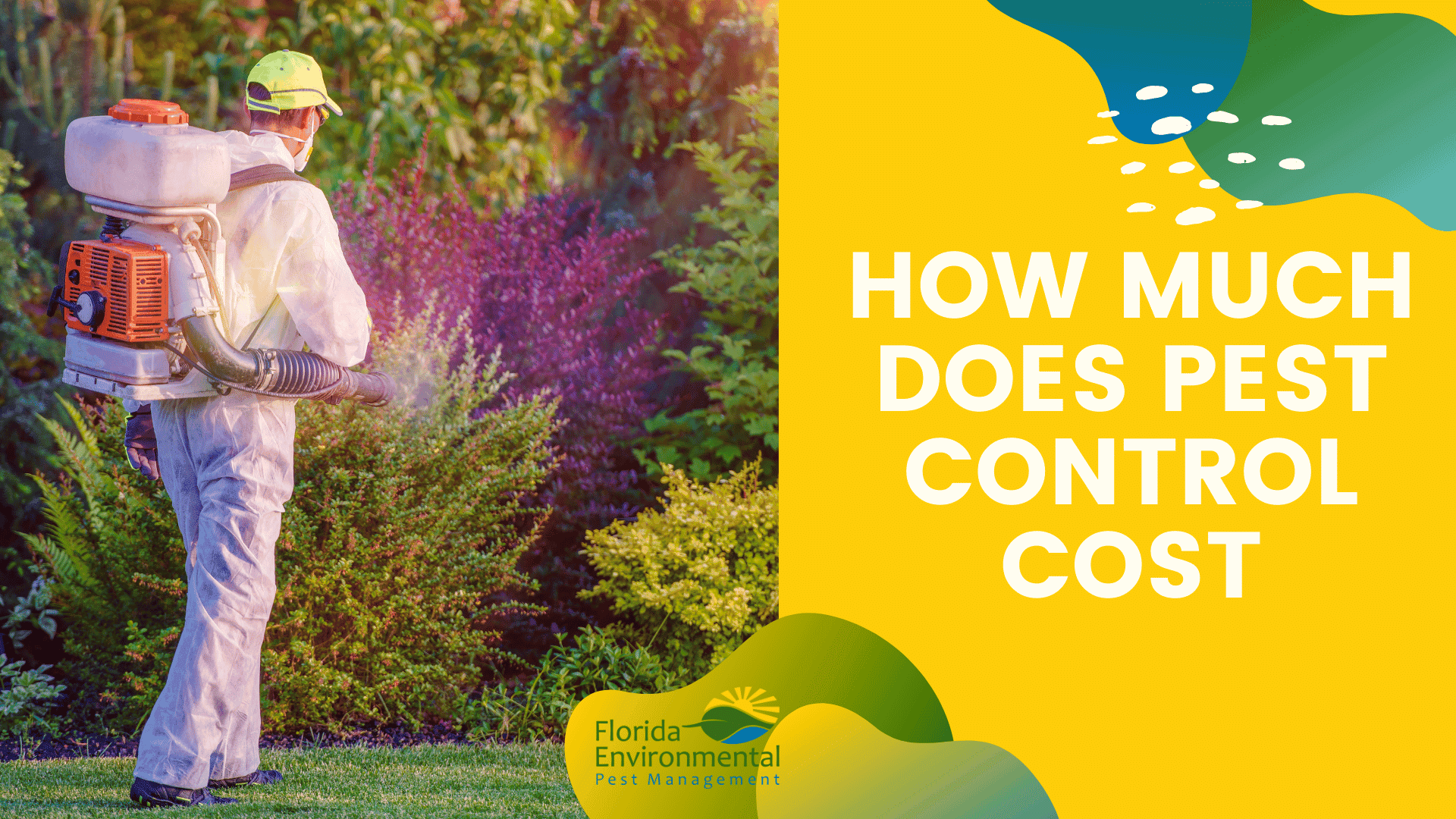How an Exterminator in Port Charlotte Can Safeguard Your Home from Pests
Discover the Latest Advances in Pest Control and How to Implement Effective Treatment Solutions
In recent years, the area of bug control has actually experienced significant improvements, driven by the need for lasting and efficient therapy options. Cutting-edge methods such as Integrated Parasite Management (IPM) combine environmentally friendly techniques with advanced modern technology, enhancing both effectiveness and ecological responsibility.
Eco-Friendly Bug Control Options
Recently, the demand for environmentally friendly insect control choices has surged as organizations and homeowners alike look for lasting choices to typical chemical treatments. This shift is driven by growing ecological recognition and a need to reduce the health and wellness dangers related to synthetic pesticides.

Environmentally friendly pest control methods incorporate a variety of methods that prioritize using natural substances and methods. Integrated Parasite Monitoring (IPM) is one such method, incorporating biological, social, and mechanical techniques to take care of bug populations while lowering reliance on chemicals (Wildlife removal services). This all natural method emphasizes avoidance with environment manipulation and the intro of natural predators, thereby promoting a well balanced ecological community
Another prominent alternative is making use of agricultural pesticides stemmed from plants, which tend to be much less harmful to non-target organisms. Products like neem oil and diatomaceous earth have obtained grip for their effectiveness in managing insects while posing very little risks to human health and the atmosphere.
Furthermore, exemption methods, such as securing entry points and preserving cleanliness, play an important duty in green pest monitoring. By adopting these sustainable techniques, people and services can successfully handle insects while advertising a much healthier world for future generations.
Smart Innovation in Parasite Management
Innovation is improving the landscape of insect administration, with smart innovation emerging as a pivotal force in improving effectiveness and effectiveness - Wildlife removal services. The combination of Internet of Things (IoT) devices, synthetic intelligence (AI), and data analytics is changing exactly how insect control professionals come close to infestations
Smart catches furnished with sensors can identify pest activity in real-time, sending out prompt notifies to operators. This enables timely responses, lessening damages and lowering the demand for extensive treatments. In addition, AI algorithms analyze historical information to anticipate pest actions, enabling proactive treatments based on ecological conditions and invasion patterns.
Drones and automated lorries are likewise playing a significant role in insect management, providing airborne analyses of big locations, recognizing hotspots, and even distributing targeted treatments. These technologies not just improve operations but also improve security by limiting human exposure to potentially damaging chemicals.
In addition, mobile applications equip customers to monitor insect task and accessibility specialist guidance, promoting a collaborative method to pest administration. On the whole, the adoption of clever technology is setting a brand-new standard in insect control, highlighting data-driven choices and sustainable methods that inevitably benefit both property owners and specialists alike.
Integrated Pest Administration Approaches
Integrated Bug Management (IPM) utilizes an all natural method to pest control, incorporating different approaches to successfully take care of parasite populaces while decreasing risks to human health and wellness and the setting. IPM focuses on recognizing the pest life process, their all-natural enemies, and the community in which they thrive.
One of the essential components of IPM is checking pest populaces via routine evaluations and data collection. This permits the identification of bug limits, establishing when intervention is essential. Social techniques, such as plant habitat, sanitation, and turning adjustment, are crucial in decreasing bug occurrence and promoting plant health and wellness.
Mechanical controls, consisting of obstacles and catches, are likewise important in IPM. These approaches can physically get rid of or hinder bugs without making use of chemicals. When required, the sensible websites application of chemical controls is used, concentrating on targeted treatments that minimize ecological effect.
Education and learning and collaboration amongst stakeholders, consisting of farmers, insect control professionals, and the area, are vital for the successful execution of IPM methods. By prioritizing lasting methods, IPM not only addresses pest concerns however also promotes a healthier ecological community.
Biological Control Techniques
Countless biological control techniques are progressively recognized for their efficiency in managing bug populaces while promoting environmental balance. These methods harness natural predators, parasites, and microorganisms to lower pest numbers without depending on artificial chemicals. The intro of ladybugs can effectively manage aphid populations, while nematodes target soil-dwelling insect larvae.
Furthermore, the use of microbial chemicals, such as Bacillus thuringiensis (Bt), offers an eco-friendly alternative for handling caterpillar pests. These products especially target pest species, lessening harm to valuable insects and pollinators. Moreover, conservation biological control stresses enhancing habitats for natural enemies, such as birds and valuable bugs, therefore encouraging their existence in farming systems.
Study continues to expose innovative techniques within this area, such as making use of pheromones to interrupt pest breeding patterns or the growth of biocontrol agents with hereditary design. Implementing these methods can result in lasting pest management practices that reduce Extra resources the reliance on chemical interventions, eventually promoting much healthier communities. As awareness of these methods grows, they are ending up being essential elements of integrated insect management (IPM) techniques, offering an equilibrium in between efficient bug control and ecological stewardship.
Do It Yourself Parasite Control Solutions
As property owners seek efficient methods to tackle pest concerns, do it yourself parasite control remedies have actually obtained popularity for their ease of access and cost-effectiveness. These approaches equip people to resolve invasions using conveniently available materials and strategies, often without the demand for expert treatment.

Additionally, maintaining correct hygiene and routine assessments can prevent parasite access and nesting (Wildlife removal services). Straightforward techniques, such as securing fractures, getting rid of food sources, and decluttering, can considerably diminish parasite populaces. Traps, both homemade and readily readily available, can additionally use effective remedies for tracking and controlling certain insects like rodents or pests

Conclusion
The integration of environment-friendly pest control alternatives, wise technology, and cutting-edge administration strategies presents a comprehensive method to efficient insect management. By accepting Integrated Pest Administration (IPM) and utilizing organic control techniques, alongside do this it yourself solutions, lasting and responsible bug control can be achieved. These innovations not only boost the effectiveness of pest monitoring practices yet also add to a healthier atmosphere. Executing these approaches promotes a well balanced environment while effectively dealing with pest populaces.
Environmentally friendly bug control approaches incorporate a range of techniques that prioritize the usage of all-natural materials and techniques. Integrated Pest Management (IPM) is one such method, integrating biological, social, and mechanical tactics to manage pest populations while lowering dependence on chemicals. As recognition of these strategies grows, they are ending up being integral components of incorporated parasite monitoring (IPM) strategies, offering a balance between effective pest control and environmental stewardship.
The integration of environmentally friendly insect control choices, clever modern technology, and cutting-edge monitoring methods offers a thorough technique to reliable pest administration. By accepting Integrated Insect Administration (IPM) and making use of biological control methods, together with DIY solutions, accountable and sustainable bug control can be accomplished.